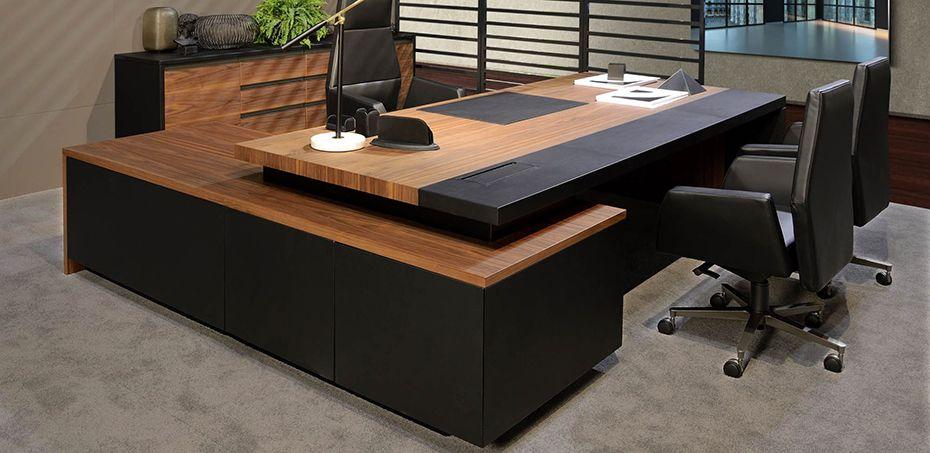The office furniture market has traditionally relied on brick-and-mortar retail stores, showrooms, and direct sales to businesses. However, as consumer behavior shifts towards online shopping, e-commerce is becoming an increasingly vital channel for both consumers and businesses in need of office furniture. The rise of digital shopping has opened up new avenues for growth and expansion in the office furniture industry.
This article explores the significant opportunities the e-commerce channel presents for office furniture manufacturers, retailers, and consumers alike, as well as how businesses can leverage digital platforms to boost sales, enhance customer experiences, and meet the evolving demands of the modern workplace.
The E-commerce Boom and Its Impact on the Office Furniture Market
In recent years, e-commerce has transformed multiple industries, and the office furniture market is no exception. The COVID-19 pandemic accelerated the adoption of online shopping, with businesses and consumers alike turning to digital channels for their office furniture needs.
According to industry reports, the global online furniture market is experiencing robust growth, driven by factors such as:
-
The growing popularity of remote and hybrid work,
-
The increased focus on home office setups,
-
Convenience and the growing reliance on online shopping for both personal and professional needs.
As a result, e-commerce has become a crucial sales avenue for office furniture brands, allowing them to reach a wider, more diverse customer base.
Opportunities in the E-commerce Channel for the Office Furniture Market
1. Expanding Reach to Small and Medium Enterprises (SMEs)
One of the most significant opportunities for e-commerce in the office furniture market is the ability to serve small and medium enterprises (SMEs), which may not have the resources to visit physical stores or may not be located near urban centers. E-commerce platforms allow these businesses to easily browse, compare, and purchase office furniture at competitive prices, often with the added convenience of home or office delivery.
-
Opportunity: Establishing strong e-commerce platforms targeting SMEs with tailored solutions for smaller office spaces and budget-friendly furniture can open up a whole new customer segment.
2. Customization and Personalization
The increasing demand for customized office furniture has found a natural home in the e-commerce space. Online platforms allow consumers to easily choose materials, colors, sizes, and configurations to create the perfect office furniture that fits their workspace needs. Virtual tools like 3D configurators and augmented reality (AR) apps enable customers to visualize furniture pieces in their own spaces before making a purchase.
-
Opportunity: Offering customizable and personalized furniture options through e-commerce websites can help brands stand out and cater to individual and business needs more effectively.
3. Convenience and 24/7 Accessibility
Online shopping provides unmatched convenience by allowing customers to browse and purchase office furniture anytime, anywhere. With the ability to compare prices, read reviews, and get detailed specifications on products, customers can make informed purchasing decisions without leaving their homes or offices. Additionally, subscription-based models for office furniture—where businesses can lease or rent furniture for a specified period—have found popularity in the e-commerce space.
-
Opportunity: Providing subscription models, easy financing options, and bulk buying options can be a lucrative strategy to attract businesses looking for flexible solutions.
4. Integration with Hybrid and Remote Work Models
The surge in hybrid and remote work has significantly increased the demand for home office furniture. Consumers are now looking for ergonomic chairs, adjustable desks, and space-saving furniture to create a comfortable and productive home office environment. E-commerce platforms are ideally positioned to cater to this demand by offering a broad selection of furniture designed specifically for home office setups.
-
Opportunity: Expanding the range of home office furniture online and tailoring products to support remote workers’ ergonomic needs can tap into this growing market segment.
5. Global Reach and International Sales
With e-commerce, office furniture brands have the potential to reach customers across borders, expanding into international markets where they might not have had a physical presence. This is especially beneficial for brands that are looking to target large multinational corporations or expand their retail presence in emerging markets where traditional distribution channels may be limited.
-
Opportunity: Selling office furniture through global e-commerce platforms can increase sales and brand visibility, particularly in regions with growing demand for modern office setups.
6. Improved Customer Experience with AI and Technology
E-commerce platforms can use advanced technologies such as artificial intelligence (AI) and machine learning to enhance the customer experience. AI-powered tools can recommend office furniture based on user preferences, office size, and ergonomic requirements. Chatbots and live customer support also help in providing instant solutions to any queries, improving the overall customer journey.
-
Opportunity: Incorporating AI-driven tools that personalize the shopping experience for customers and provide product recommendations can drive conversion rates and customer satisfaction.
Challenges to Overcome in E-commerce for Office Furniture
While the e-commerce channel offers numerous opportunities, it also presents challenges:
-
Shipping and Delivery Logistics: Furniture is bulky and often requires careful handling during shipping. Ensuring timely delivery, safe packaging, and easy returns are critical factors for customer satisfaction.
-
Assembly and Installation: Many consumers prefer ready-to-assemble furniture, but offering professional assembly services through e-commerce platforms can enhance the customer experience and increase sales.
-
Product Visualization: Despite advances in AR and VR technology, some customers may still find it challenging to visualize how office furniture will fit into their space. More advancements in 3D modeling and virtual tools could help mitigate this.
Conclusion
The e-commerce channel offers a wealth of opportunities for the office furniture market to expand, innovate, and cater to evolving consumer needs. With the right strategies, businesses can tap into the growing demand for ergonomic, customizable, and sustainable office furniture. By leveraging digital tools, offering personalized experiences, and providing flexible purchasing options, office furniture brands can stay ahead of the curve and meet the demands of both businesses and remote workers.







